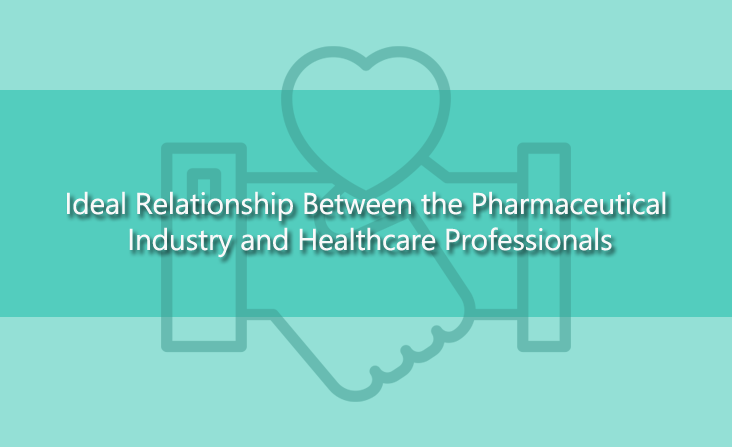The relationship of medical practitioners with the pharmaceutical industry is expected to be strictly on a professional level. The practitioner is expected to prescribe a particular pharmaceutical agent to his patient based on his own clinical judgment without any influence from the industry. However, this ideal situation is believed not to be in play most often and the community at large has often questioned the propriety of the relationship between the practitioner and the pharmaceutical industry, given the lavish marketing strategies employed by the industry. Based on some studies, pharmaceutical companies spend twice as much on promotion and marketing as they do on research and development.

Prevention Is Better than Cure
Always Prevention is better than cure, but healthcare services are more focused on curing than preventing illness. With better cooperation between healthcare professionals and pharmaceutical industries, the access to prevention and treatment would be easier.
How Drug Shortage Can Affect Drug Supply Chain
Researchers note there are many variations on basic structure of the pharmaceutical supply chain, mainly due to the constantly evolving players. Pharma companies face a variety of pressures from complying with regulations to creating and producing innovative, cost-effective products. To manage these complex business challenges, companies must take a proactive approach to compliance, improve product safety, and anticipate, analyze, and respond to market demands.
For example, COVID-19-related demand for medical devices, including personal protective equipment and diagnostics, was the main driver of the 22 device shortages reported in the first half of 2020, according to a new analysis published in Health Affairs.
COVID-19 may still consume much of the attention of the global health community, but the challenges facing providers and innovators beyond the pandemic are massive. Based on an article by By Robert H. Shmerling, MD, the current shortage of semaglutide (Ozempic), an important diabetes drug, has an unusual origin: too many people without diabetes are taking it.
Here’s how that happened, and how we might course-correct to help ensure that those with the greatest need for this medicine can get it. Based on WHO reports, cardiovascular diseases (CVDs) are the leading cause of death globally, taking an estimated 17.9 million lives each year. In fact, it kills more people than all cancers combined.
While its underlying causes are complicated, one thing is clear: public health systems are not equipped to address the problem at scale.
Other Factors
Much of our global health infrastructure was built in the post-World War II era to address battle injuries, infectious diseases and maternal and child health. But society has changed dramatically since then. People are living longer, creating a disproportionate and unsustainable dependency ratio between those in the workforce and those in retirement. The former category, whose numbers are shrinking in proportion, are financially supporting those in the latter, whose longer life spans require more expensive healthcare. By 2030, most high-income countries are expected to spend 10% of their total GDP on healthcare, with the United States pushing closer to 20%.
Moreover, health systems too often have inverted incentives. Prevention is better than cure, yet heart attacks, for example, are more often treated after they've happened with a stent or blood-thinning medication, rather than prevented through heart-health screenings, healthy diets and moderate cardiovascular exercise. This trend creates concerning domino effects. Cash-strapped health systems run low on resources, leading to overworked physicians and nurses without proper time to spend with each patient, which leads to patients with a lack of knowledge and incentives to prevent illness. The result is worse health outcomes and greater health inequities.
The Bottom Line
There must be a collective and comprehensive effort to redesign healthcare systems, orienting them towards disease prevention and measurably improving health at the population level. This process begins with industry and health systems working in tandem, supplementing each other’s efforts as partners with the shared goal of better serving patients. Collaborative working between the industry and healthcare professionals has led to significant health benefits in Europe. Over the past fifty years, life expectancy on the continent has increased by almost a decade. By continuing to work in partnership with the medical profession, the European pharmaceutical industry aims to continue to contribute to the improved health and wellbeing of people worldwide.
References:
Davos 2023

